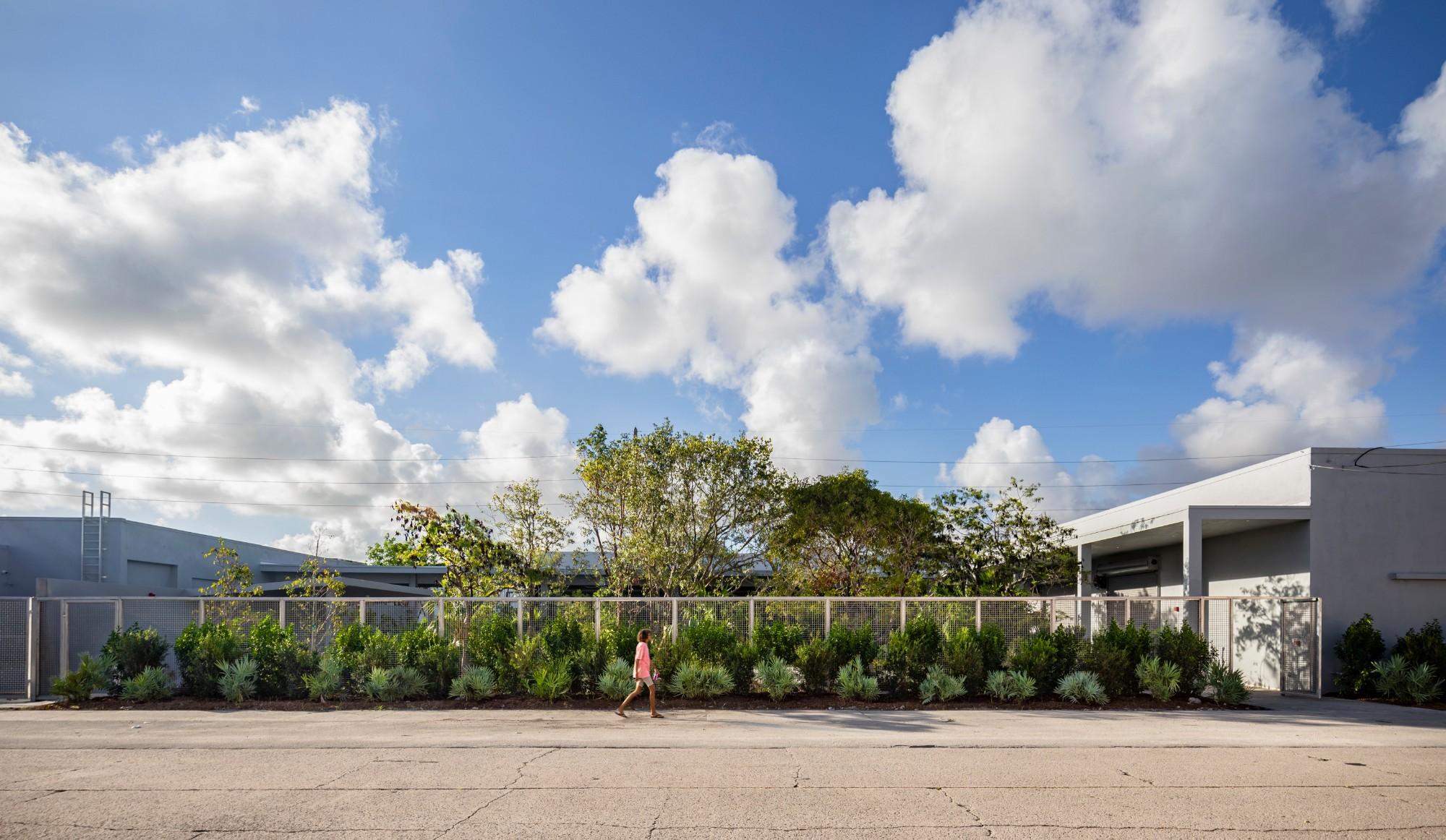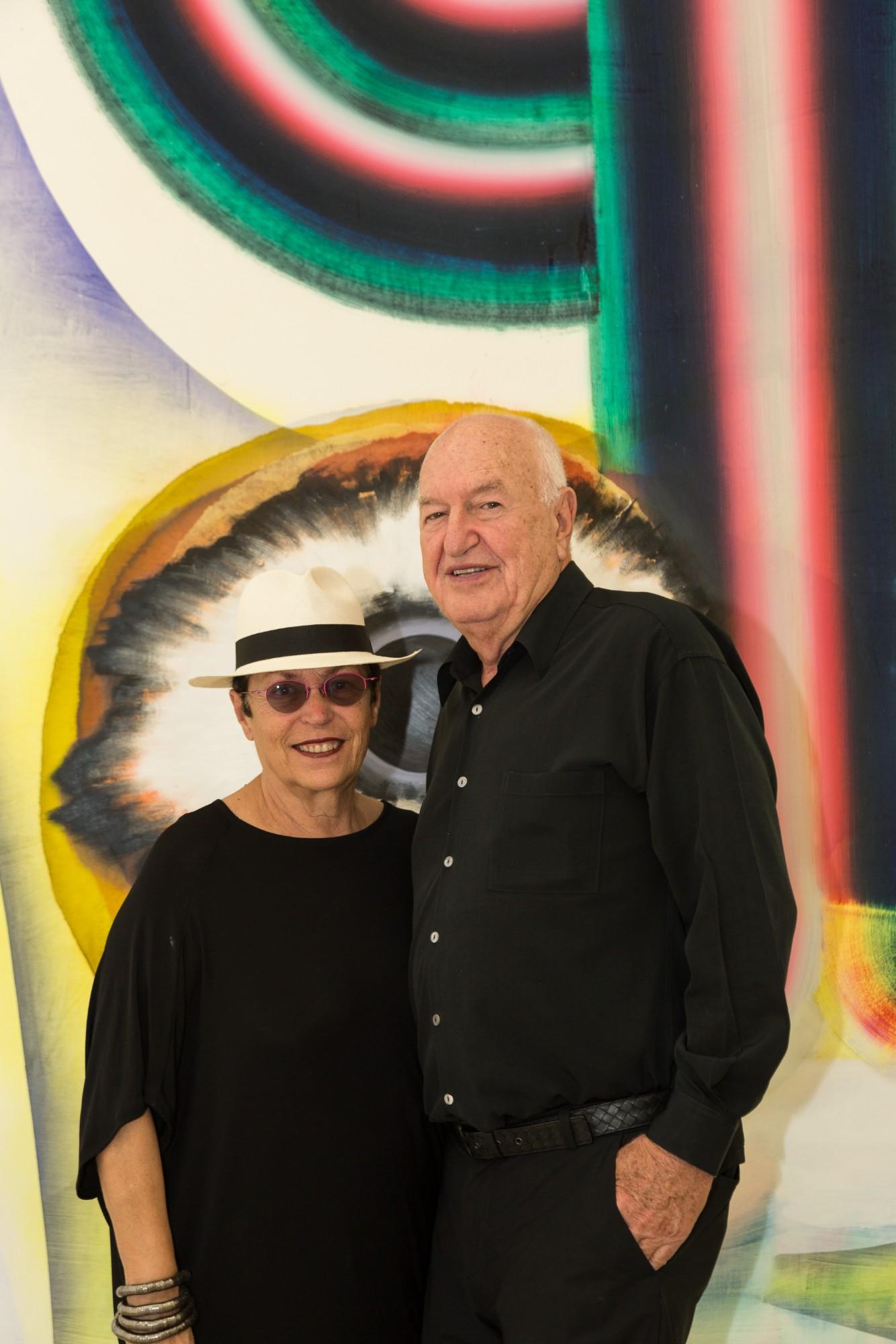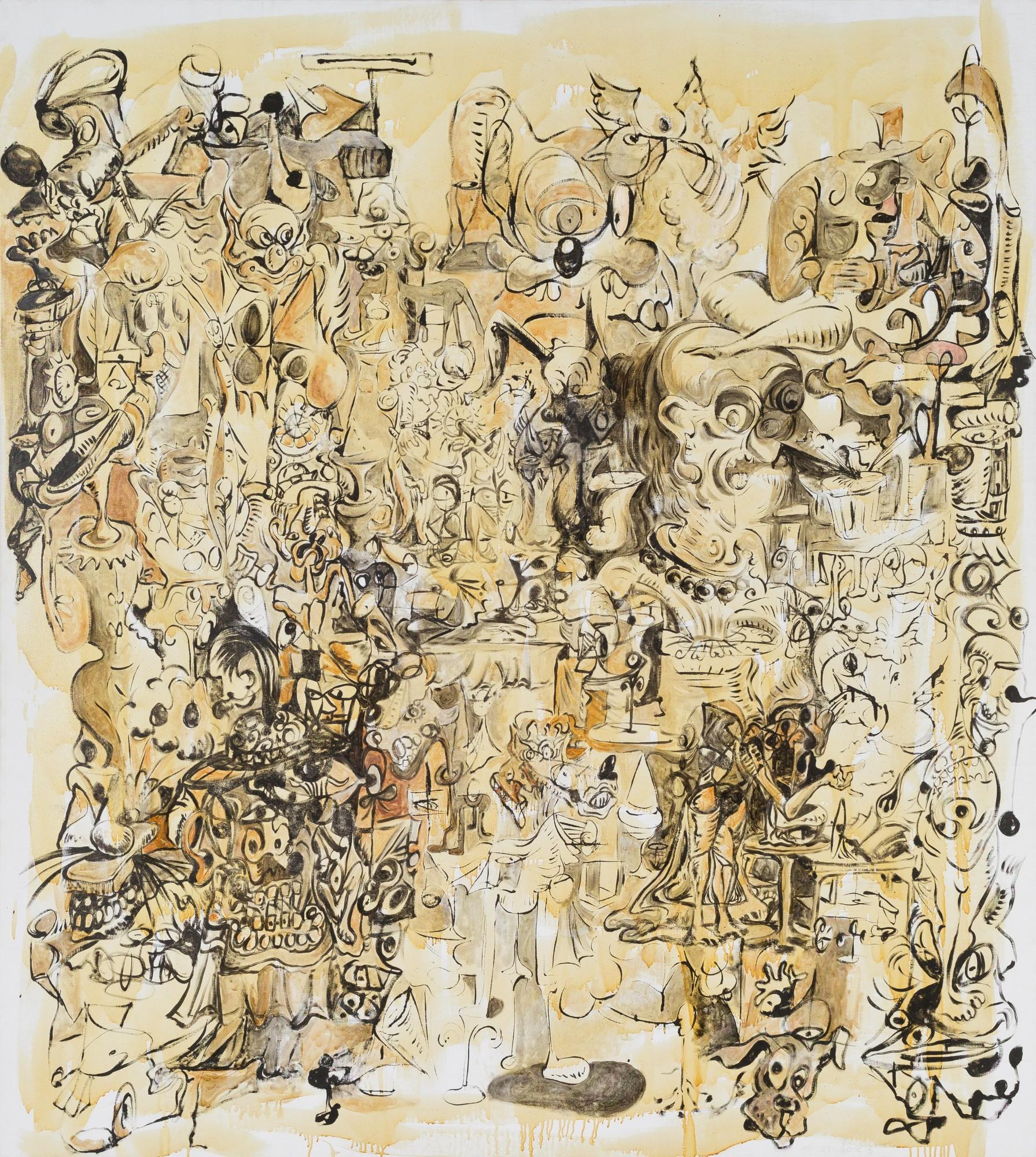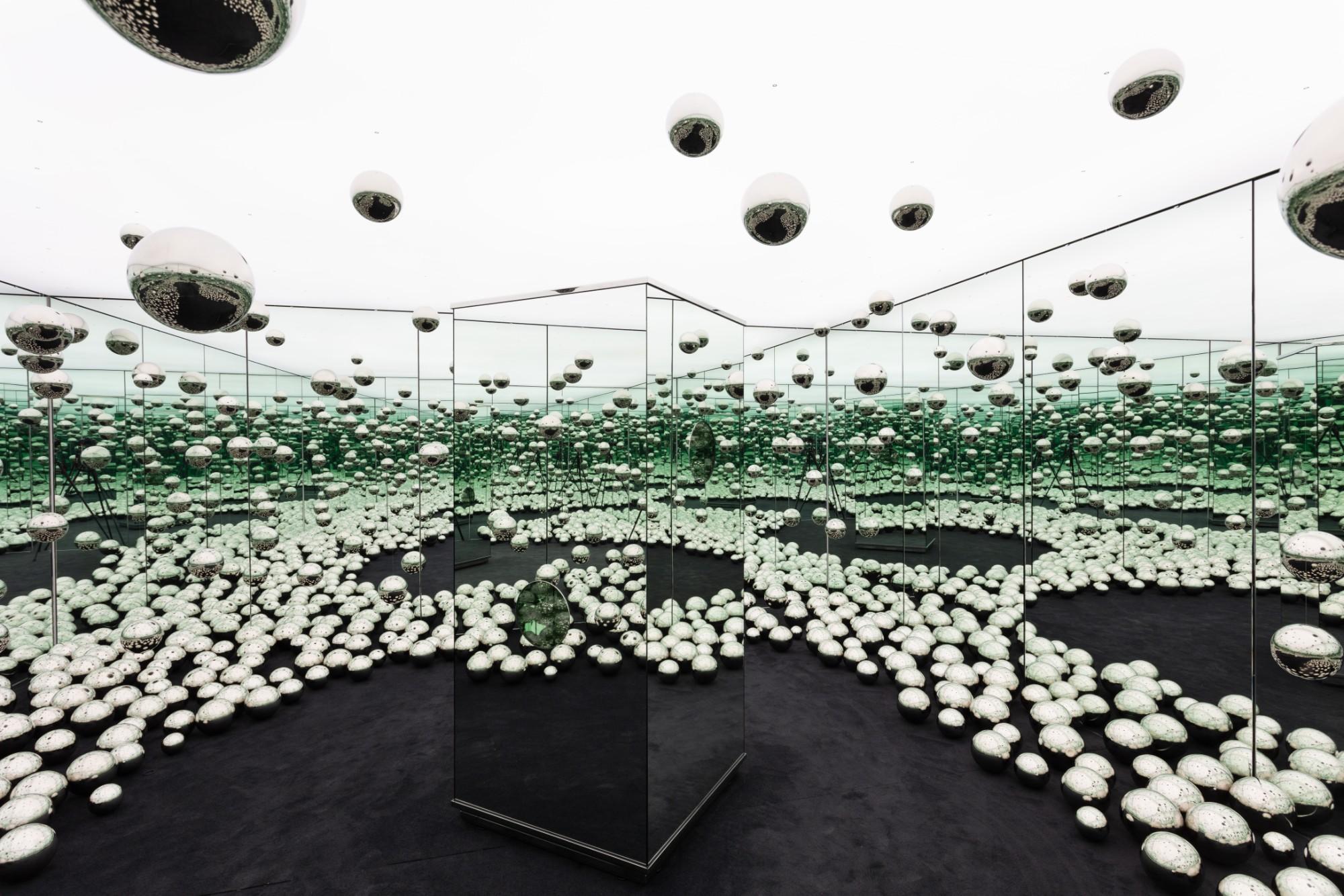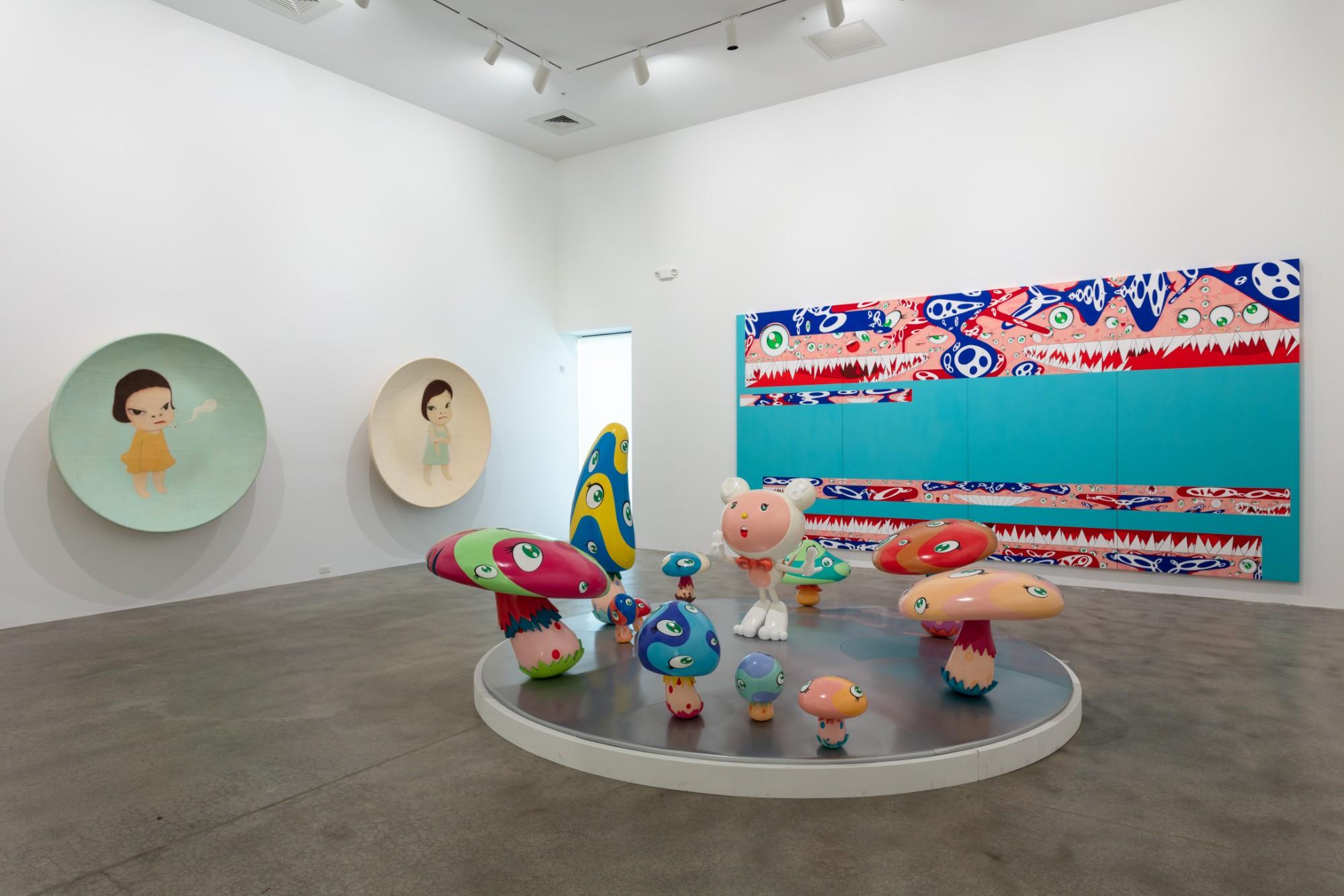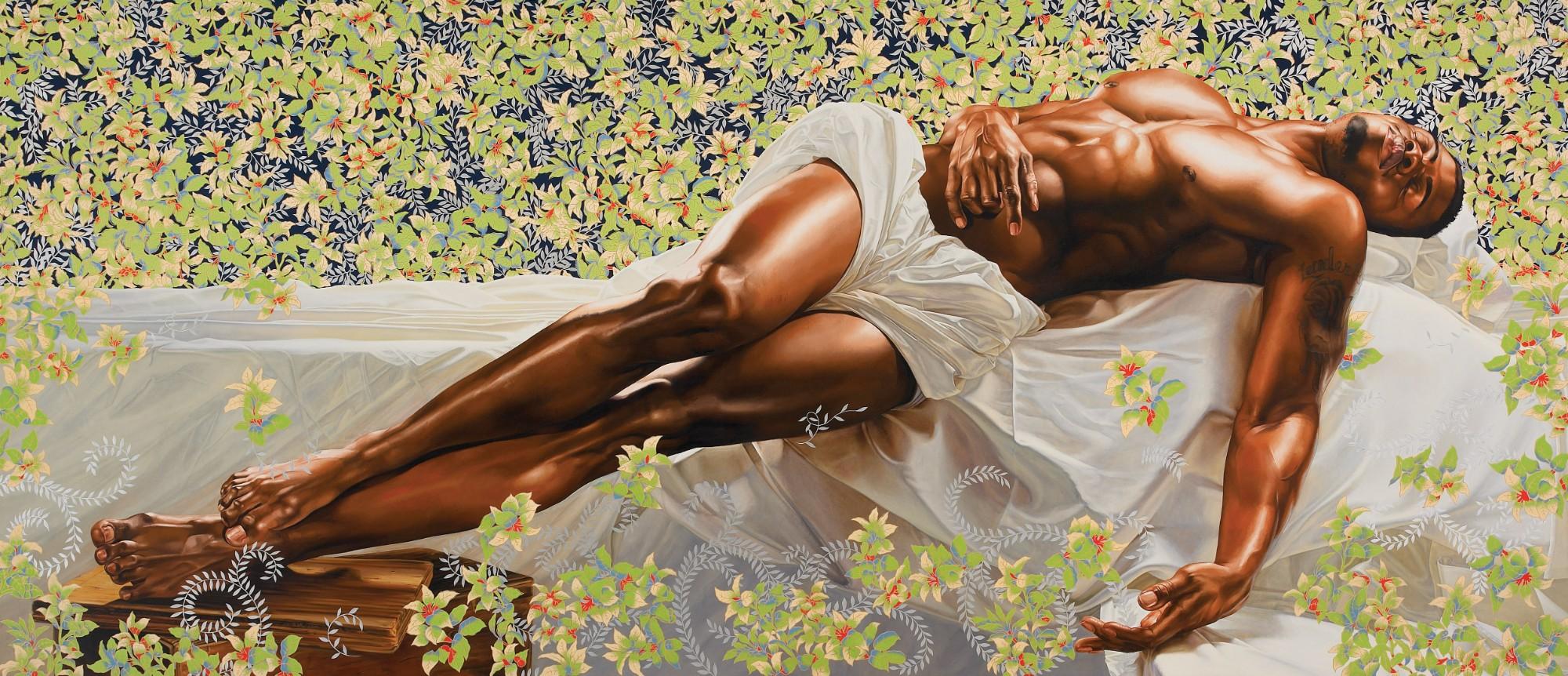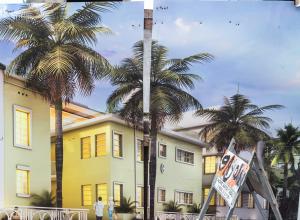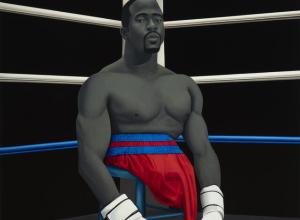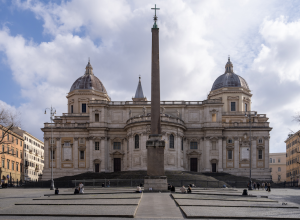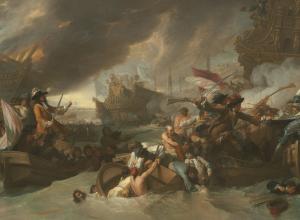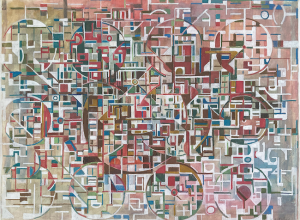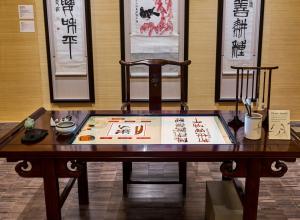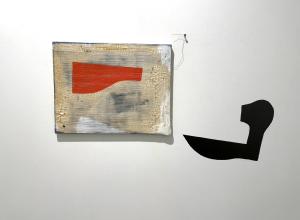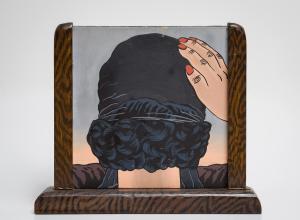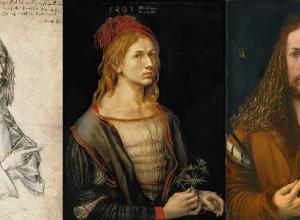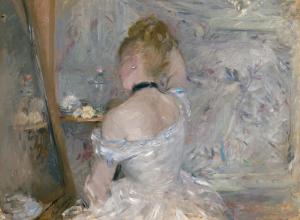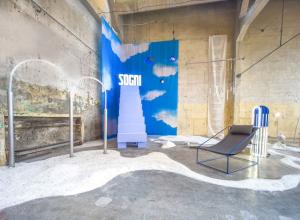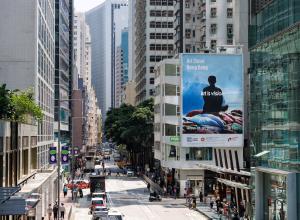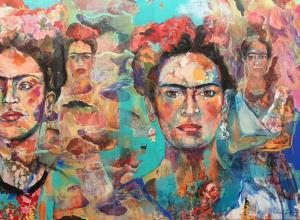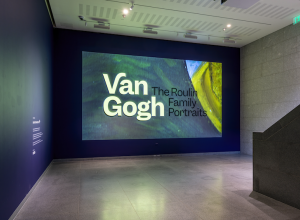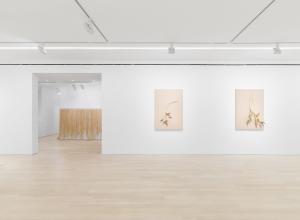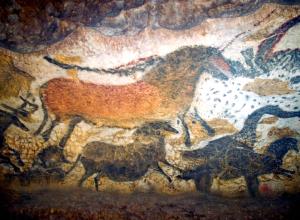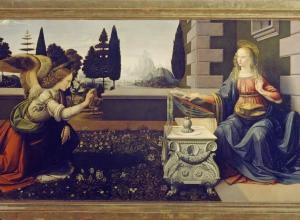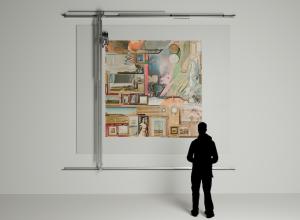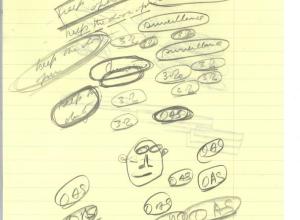The result is the Rubell Museum, whose opening this month was a highlight of Miami’s Design Week and the 2019 Art Basel Miami Beach festival. It’s the latest arts-related project and the first building in Miami designed by the prominent New York architect Annabelle Selldorf, and it has already become a catalyst for additional redevelopment in Allapattah, an industrial area whose name comes from the Seminole Indian-language word that means ‘alligator.’
Created out of six warehouses where Trujillo & Sons Quality Food Products previously stored beans and rice, the 100,000-square-foot art campus at 1100 NW 23rd Street includes 40 galleries with 300 works by 100 artists. In addition to 53,000 square feet of gallery space, there is an art research library, bookstore and tropical garden, all on one level. Still to come are an indoor-outdoor Basque restaurant and an event space for artist talks and other gatherings.
The project is a venture of husband-and-wife collectors Don and Mera Rubell and their son Jason, working with director Juan Roselione-Valadez. Besides son Jason, the Rubells have a daughter, Jennifer Rubell, a New York-based artist who isn’t involved in the museum’s day-to-day operation. Don Rubell is the brother of the late Steve Rubell, who opened New York’s Studio 54 nightclub with Ian Schrager in 1977 and later ushered in the era of boutique hotels with Morgans on Madison Avenue.
The new museum replaces a previous location that the Rubells opened in 1993 inside a 40,000-square-foot former Drug Enforcement Administration building in Miami’s Wynwood district. The Wynwood location, which the Rubells are selling to help pay for its replacement, was known as the Rubell Family Collection. The Allapattah campus was renamed to emphasize its role as a public resource.




